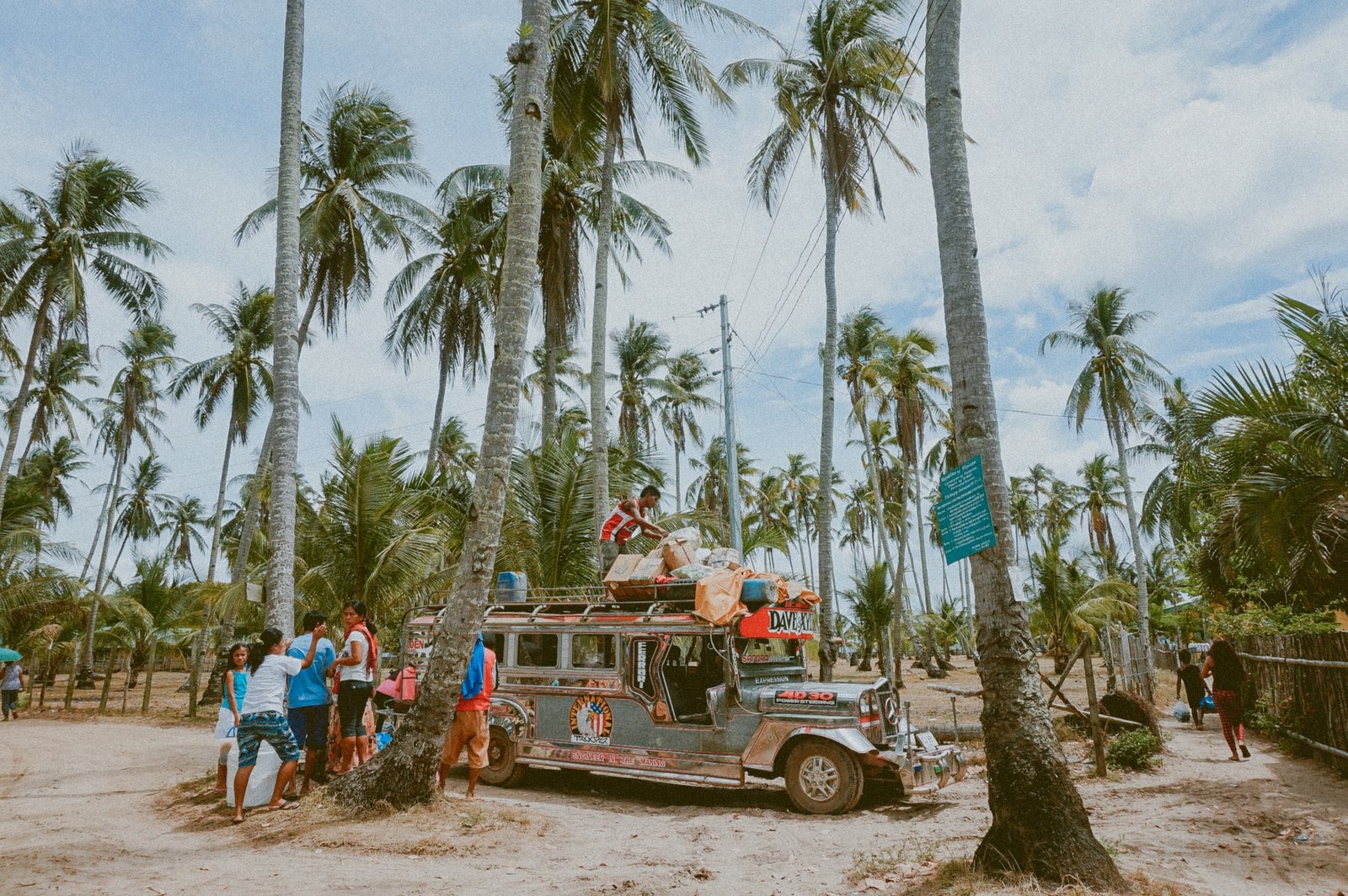Home > Asia > Philippine > The Philippines’ SRRV Visa : A Comprehensive Guide
The Philippines’ SRRV Visa : A Comprehensive Guide
What is retirement visa?
Retirement visas are a type of passive income visa that has been popular worldwide since the 1980s. Typically, they are issued to retirees who have sufficient retirement funds or stable income.
In general, global retirement visas have the following characteristics:
1. Applicant Qualifications: Typically, retirement visas require applicants to be retirees, reach a certain age, or have retirement funds.
2. Restrictions on Employment: Visa holders are usually not allowed to work locally.
3. Path to Permanent Residency: After residing in the destination country for a certain period, retirement visa holders can often apply for permanent residency or even citizenship.
If you’re interested in retirement visas or passive income visas, you might want to read our informative article: ‘Global Passive Income Visa | An Incomplete Guide‘.
Special Resident Retiree’s Visa (SRRV): An Overview
The Special Resident Retiree’s Visa (SRRV), launched by the Philippine Retirement Authority in 1985, is a long-standing visa program. It offers participants the significant benefit of multiple entries into the Philippines and the right to reside indefinitely in the country.
Historically, the Philippine SRRV was divided into four sub-categories, tailored to different applicant ages and backgrounds: the SRRV Smile, SRRV Classic, SRRV Human Touch, and SRRV Courtesy.
However, due to recent shifts in policy, the Philippine Retirement Authority is presently only accepting new applications for the SRRV Classic and SRRV Courtesy options:
1. SRRV Classic: This is a traditional SRRV visa option with the following financial requirements:
- Applicants aged 50 and above with sufficient retirement income (at least $800 per month for a single person, or $1,000 per month for a couple) need to deposit $10,000 in a local bank.
- Applicants aged 50 and above without sufficient retirement income need to deposit $20,000 in a local bank.
Unlike the Smile option, the deposit for the Classic option can be withdrawn 30 days after the SRRV visa is issued for a one-time, active investment in the Philippines totaling at least $50,000. However, this active investment can only be used for one of the following three economic options:
* Purchasing a local residential property.
* Renting a residential property with a 20-year or longer contract.
* Purchasing a local golf course or commercial club.
2. SRRV Courtesy: This visa is issued to former Filipino citizens, diplomats, and individuals from international organizations. They only need to deposit $1,500 in a local bank to apply for the Courtesy visa.
For all SRRV options, if there are additional dependents besides the spouse, an additional $15,000 deposit is required for each additional dependent.

Application Process:
To apply for the Philippine SRRV, applicants must be physically present in the country. The application process unfolds in two main stages:
1. Initial Requirements & Deposit: This foundational step involves selecting your preferred visa option, compiling all necessary documentation, and securing a valid visa for entry into the Philippines. Upon arrival, you’ll undergo a medical examination, open a local bank account, and then complete the required deposit.
2. Application Submission: Once all preliminary steps are finalized within the Philippines, you can schedule an appointment at a Philippine Retirement Authority (PRA) office in any Philippine city. At your designated appointment, you will submit your complete application and pay the required fees: $1400 for the primary applicant, with an additional $300 for each dependent.
Required documents for the SRRV application include:
- Identity documents: All applicants must provide original passports, 8 passport-sized photos (2 inches x 2 inches), birth certificates, and documents proving the relationship between the principal applicant and dependents (such as marriage certificates).
- SRRV application form: The SRRV application form can be filled out online.
- Medical certificate: Only medical certificates issued within the past six months are valid.
- Police clearance certificate: You need to provide a police clearance certificate issued within the past 6 months for all adult applicants.
If any principal or dependent applicant has resided in the Philippines for more than 30 days, an NBI clearance certificate from the Philippine National Police is also required.
- Proof of deposit in a local financial institution.
- Proof of visa fee payment: Generally, the principal applicant needs to pay a one-time fee of $1400, and the visa fee for dependents is $300 per person.
All documents originating outside the Philippines must be notarized, and non-English documents must be translated into English.
3. Wait for Visa Issuance: The processing time for the SRRV is approximately 15 to 20 working days.
Dependents:
The principal applicant of a Philippine SRRV visa can bring along their spouse and unmarried children under 21 as dependents.
Visa Validity:
The Philippine SRRV is a permanent visa. As long as you maintain the required financial conditions, your status will not be revoked.
There is no minimum residency requirement for the SRRV, but all visa holders are required to pay an annual fee of $360 per person to renew their ID.
The SRRV is also a non-immigrant visa, and visa holders cannot naturalize as Filipino citizens through this visa.
Useful Links:
The Philippines SRRV Visa: https://pra.gov.ph/SRRVisa
Home > Asia > Philippine > The Philippines’ SRRV Visa : A Comprehensive Guide